Strix DSP Gaming Headset Overview And Unboxing
Occasionally there are people who are good at everything, which doesn't seem fair does it? Well, the Strix DSP thinks fairness is overrated; it's like the Swiss army knife of headphones, it's got everything. It's a gaming headset, but at the same time it's not a gaming headset. When you are watching a movie, the Dolby 7.1-channel surround sound processing will give you that cinematic experience. When listening to music, you can also listen in Dolby Surround sound, or the digital signal processing (DSP) can adjust the spectrum profile instantly to suit your music genre. When playing games, you can feel the action with deep, deep bass and 'see' the action with your ears from precise positioning of sound. Four spectrum profiles enhance specific frequencies to give a competitive edge in gaming. We'll go through this more below, but before talking about fragging our enemies, it is important that we open the box first.
Here is another box to add to your wall of boxes. When you open it, don't be alarmed, it isn't a robot waiting for a surprise attack.
[gallery include="" size="medium" link="file" template="file-gallery" columns="2"]
In the box you will find the USB audio station, Strix gaming headset, detachable microphone boom, USB cable, two mobile adapters, and the quick-start guide.
No, you cannot set the timer to make it explode. That is in fact a Strix DSP USB audio station, where the digital signal processing is handled and the headphone amplifier resides. With four buttons (Surround/Amp/Mic/Speakers), two dials (Volume/Mode Selector), two jacks (Speakers/Headset), two switches (Environmental Noise Cancellation/Surround Mode), an ENC microphone and a USB port, it may seem overwhelming at first but rest assured, it is so intuitive you can get it down packed with one hand in five minutes.
Rest your thumb on the Control Mode Selector dial on the front, which allows you to choose whether you want to change the microphone volume, headset volume or the spectrum profile. Once you have the mode selected, you can then use your index and middle finger to change the volume or spectrum profile with a flick of the volume dial on top. By pressing the volume dial, you can mute the microphone, mute the headset, or turn off the spectrum profile depending on the mode select.
A key feature to give you the competitive edge is the four Spectrum profiles, each profile focuses on enhancing certain sounds in the game which you never want to miss. There are the profiles:
- FPS - Gunfire Enhancer (So you can be clear on how many bullets you have left, or what weapon your vulnerable foe is using.)
- FPS - Footstep Enhancer (Helps you surprise that cheeky bugger sneaking up from 6 o'clock.)
- Action/RPG (Lets you know what magic is being cast and what on earth that orc is talking about.)
- Racing (Allows you to distinguish which gear you are in from the sound of the engine and when to change.)
With your thumb you can also turn on or off; Dolby Surround, the headphone amplifier, the microphone, or the speakers by pressing one of those four buttons on top of the DSP audio station, each with it's own LED indicator. ASUS understands that there's no time to mess around during a game, so the controls and indicators are designed in a way so that either you won't need to look, you use your peripheral vision, or you require at most only a quick glance.
[gallery include="" size="medium" link="file" template="file-gallery" columns="2"]
Strix DSP can connect to your PC or Mac via the audio station using the supplied USB cable (3m total cable length; headset cable plus USB cable). And as plug-and-play you need not to worry about drivers or an external power adapter, while all the processing is done within the audio station. On the bottom you'll find the Environmental Noise Cancellation switch (up to 90% surrounding noise reduction while using the microphone), and the Surround Mode switch (to switch between two-channel stereo or 8-channel surround sound processing).
[gallery include="" size="medium" link="file" template="file-gallery" columns="2"]
On the top/rear of the audio station there is an Environmental Noise Cancellation microphone which works best when placed near a noise source (a mechanical keyboard for example). There are two 3.5mm jack outputs; one for speakers and the other is for the headset. Please note that other headphones will not work in this socket because ASUS has implemented a zero-crosstalk 5-pole 3.5mm connector. Alternatively you could plug your own earphones into the speaker jack.
When you are away from the computer you can still enjoy the Strix DSP headset on your PlayStation 4, or when you are on the go you can use the headset with your phone or tablet using one of the two adapters supplied. These are Type A (for Apple, HTC, Samsung, Sony, PS4, etc.) and Type B (for Old Nokia, Sony Ericsson, Old Samsung, etc.).
[gallery include="" size="medium" link="file" template="file-gallery" columns="2"]
Ever wanted to see with your ears? Well now you can because the headset gives eyes on your ears, and they even glow in the dark allowing you to keep 'an eye' on those on your flanks. A detachable unidirectional microphone using Flexion technology is used, so it can be molded into the precise shape you prefer.
[gallery include="" size="medium" link="file" template="file-gallery" columns="2"]
Strix DSP has dual-swivels on each ear-cup (total of four) to achieve the best possible fit for all head shapes and sizes, by providing an even pressure across the whole surface of both ear-pads, while also allowing you to simply fold them flat for traveling. Circumaural headsets (full-size headphones completely covering the ears) traditionally have been more comfortable since they do not press on the ears like supra-aural headphones, in addition to providing a surrounding seal to block out external noise. Weighing in at only 320 grams, the DSP is pretty light too, despite the huge 60mm neodynium-magnet drivers in each can.
[gallery include="" size="medium" link="file" template="file-gallery" columns="2"]
Those poor souls won't know what (you) hit 'em.
[gallery include="" size="medium" link="file" template="file-gallery" columns="2"]
Author
Popular Posts
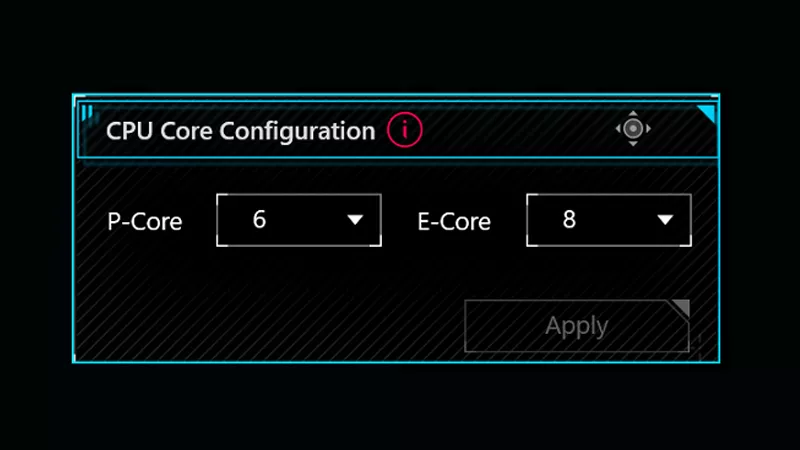
How to adjust your laptop's P-Cores and E-Cores for better performance and battery life

How to Cleanly Uninstall and Reinstall Armoury Crate
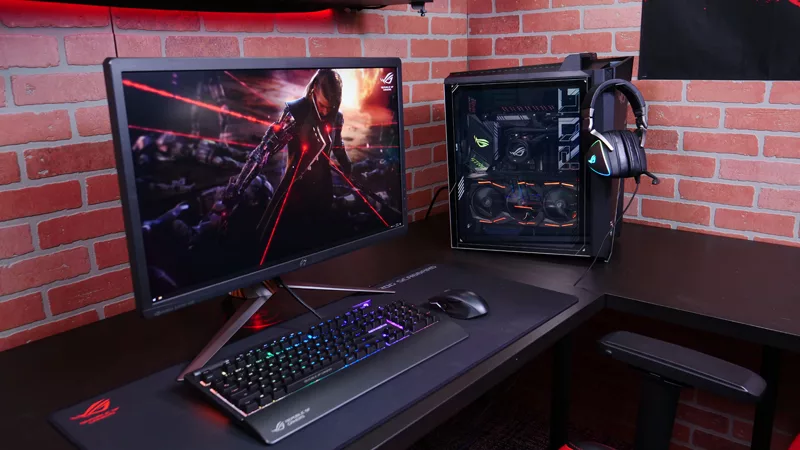
How to configure your PC's RGB lighting with Aura Sync
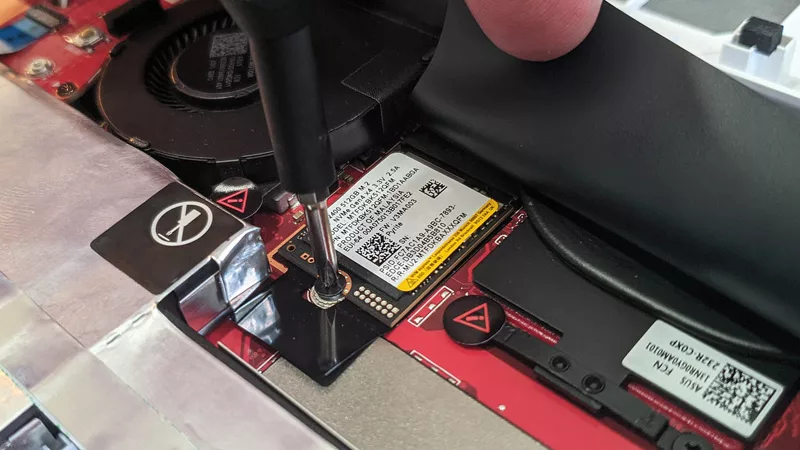
How to upgrade the SSD and reinstall Windows on your ROG Ally or Ally X
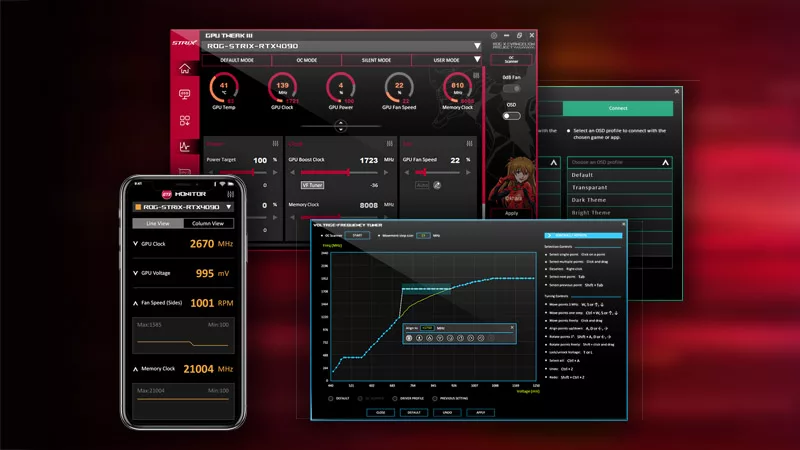
ASUS GPU Tweak III: The ultimate tool for advanced GPU tuning
LATEST ARTICLES
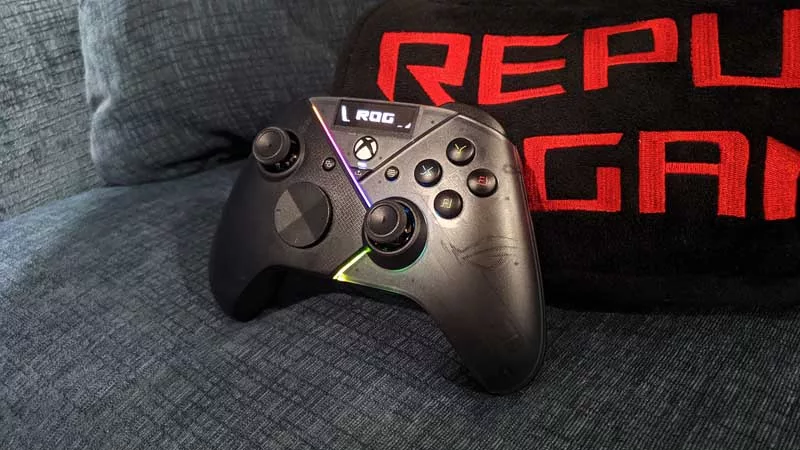
Hands-on: The ROG Raikiri Pro took my couch gaming to the next level
I've been a diehard PC gamer all my life, but I often play on the couch. The ROG Raikiri Pro has improved my living room PC gaming immeasurably thanks to a few useful features and loads of customizability.
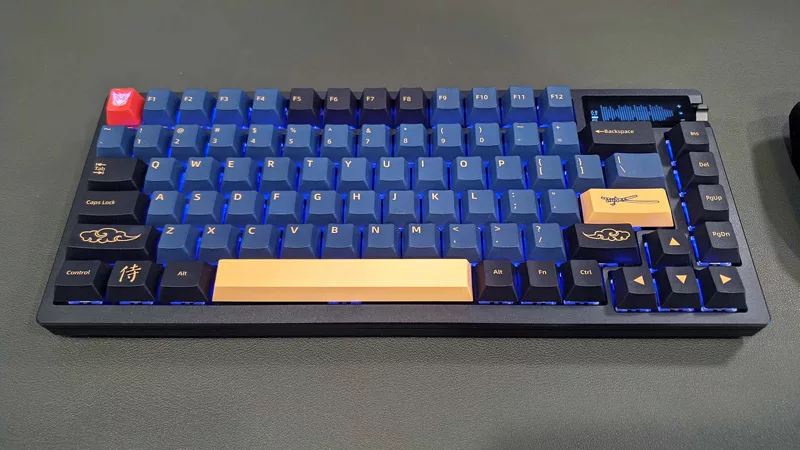
Hands-on: The ROG Azoth became the canvas for the keyboard of my dreams
Ever since I bought my first mechanical keyboard, I’ve been on a mission to mod and upgrade, mod and upgrade. But I think the ROG Azoth may actually be my endgame.
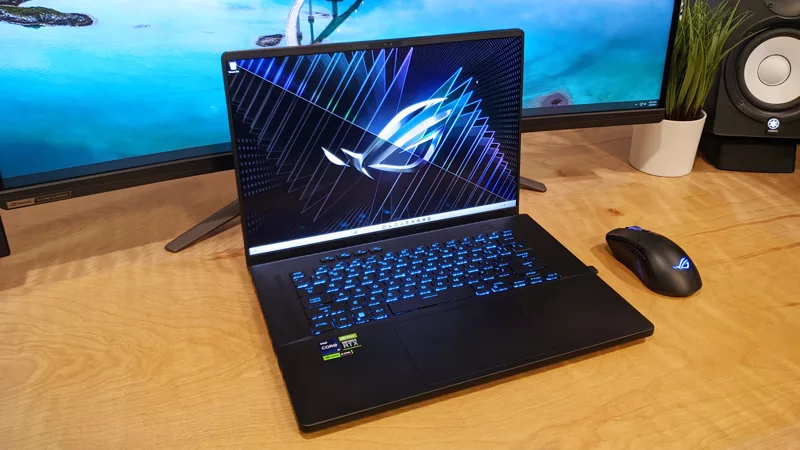
The Zephyrus M16 blends outstanding HDR gaming performance with undeniable luxury
The new ROG Zephyrus M16, with its Nebula HDR display, is like bringing a high-end home theater gaming setup with you wherever you go.
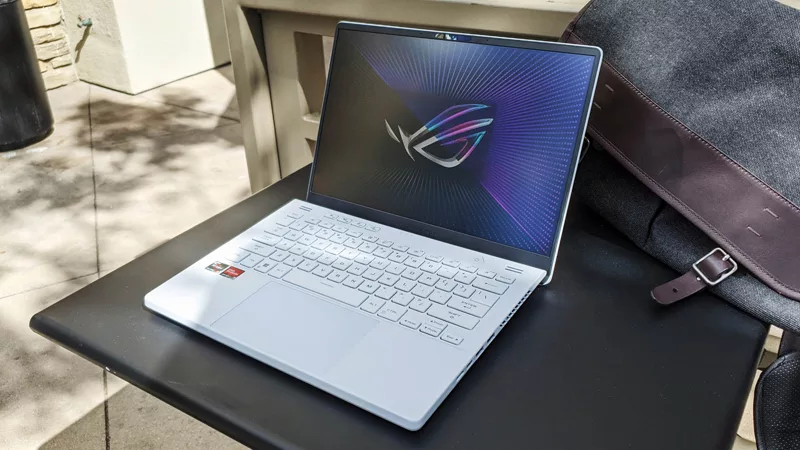
Radeon graphics and a stellar new display reinvigorate 2022 ROG Zephyrus G14
For a long time, I had to choose between underpowered ultraportable laptop and large laptops capable of gaming. But the ROG Zephyrus G14 puts admirable gaming chops into an ultra portable machine that travels anywhere.
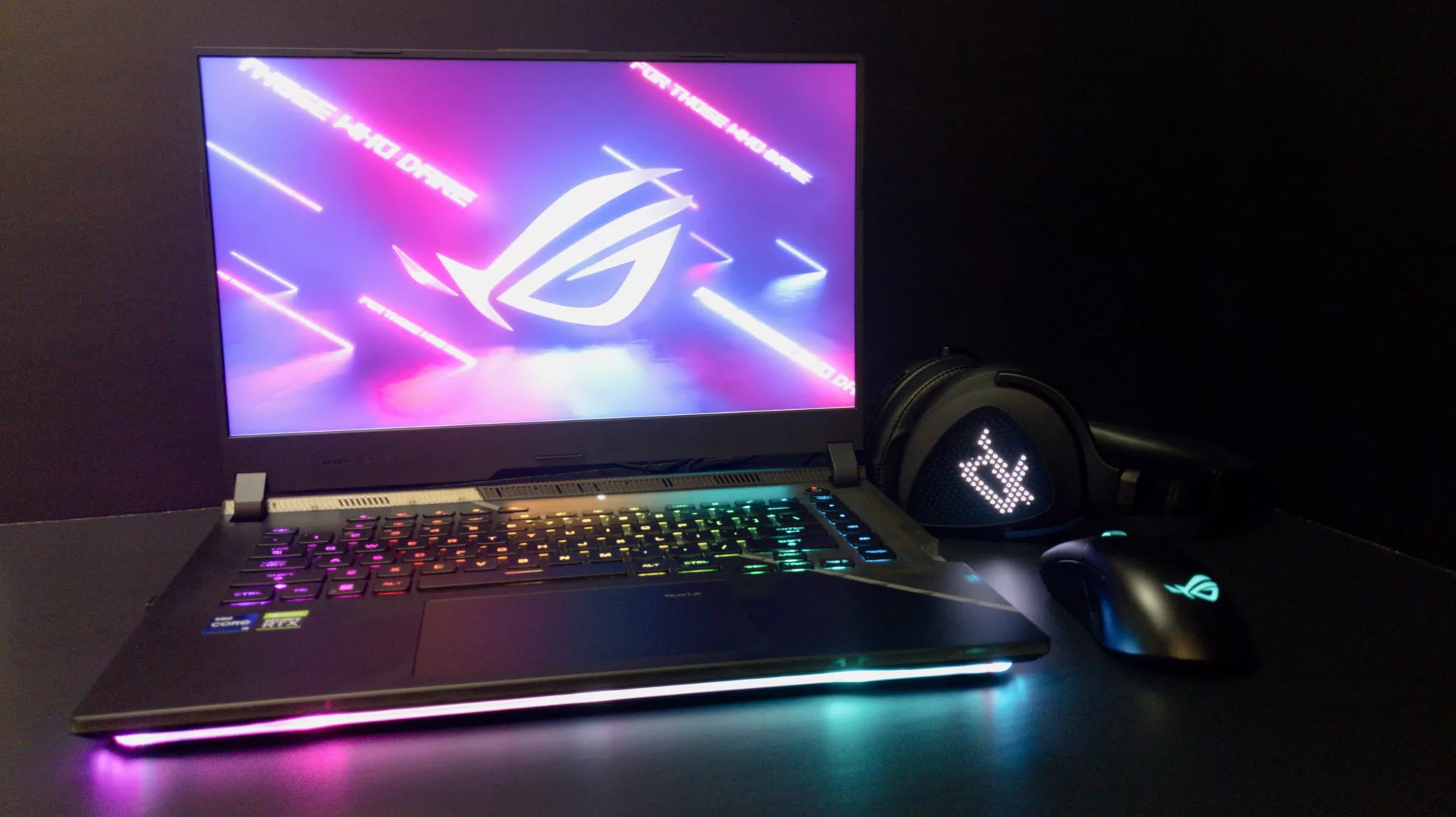
Ready to rumble out of the box: Hands-on with the ROG Strix SCAR 15
Living on the move or in a smaller space isn't a roadblock to high-end gaming. The ROG Strix SCAR makes portable powerful.
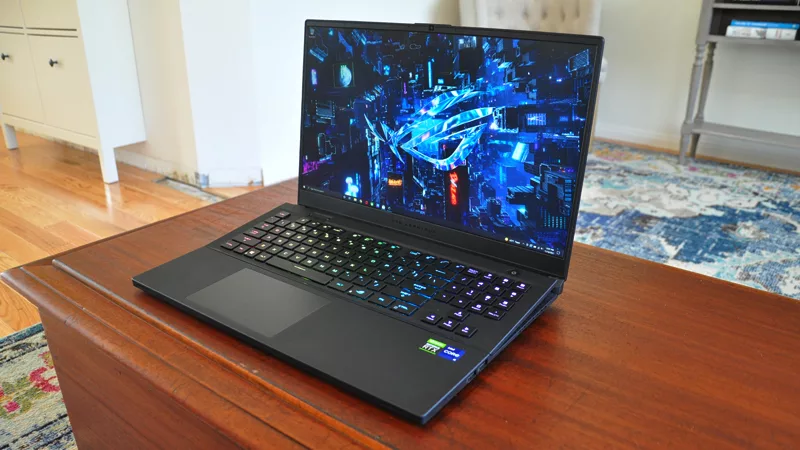
The ROG Zephyrus S17 is an outstanding mixture of power and portability
The S17 has it all: top-tier hardware in a slim package with all the bells and whistles.

